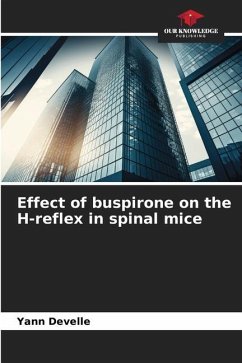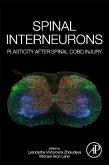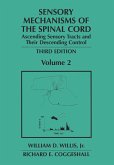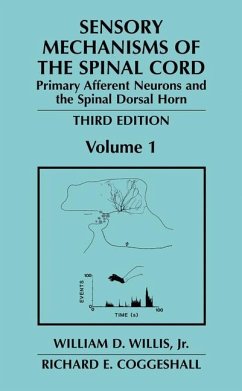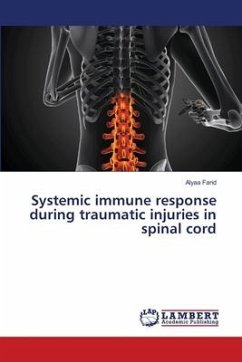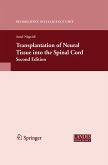Locomotion is generated by a semi-autonomous neural network in the spinal cord, under the influence of supraspinal control and peripheral afferents. In the event of spinal cord injury, loss of stimulation from descending pathways renders the locomotor network silent. Since serotonin (5HT) is a supraspinal neurotransmitter essential for locomotion, its use in rodents facilitates re-expression of this neuronal circuit and recovery of motor functions following spinal injury. This effect is accompanied by a neuronal reorganization that should be visible in reflex responses. Our aim is therefore to observe the reflex modulation induced by the use of buspirone, a 5HT1A partial agonist conducive to the re-expression of locomotion in adult spinal mice. An unanesthetized decerebrate mouse model was developed to measure the modification of H-reflex excitability by buspirone following a complete spinal lesion over a 60-minute post-injection period.

